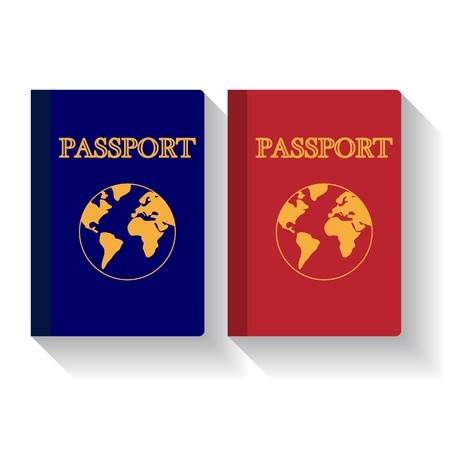 ciripasca
ciripasca
Dr. Tom Horvath recently posted a blog on the "dual citizenship phenomenon"--individuals who concurrently participate in SMART Recovery and AA or other 12-step meetings. We share Dr. Horvath's interest in this phenomenon of people simultaneously involved in secular, spiritual and religious recovery support groups--groups whose core ideas and practices would on the surface seem to be incongruous.
The degree of dual citizenship in recovery is revealed in the membership survey of various recovery mutual aid groups. In Gerard Connors and Kurt Dermen's survey of Secular Organizations for Sobriety (SOS) members, 30% of respondents reported concurrent AA attendance with an average of more than 50 A.A. meetings attended in the past year. Lee Ann Kaskutas' study of Women for Sobriety (WFS) revealed that about one-third of WFS members also concurrently attend AA meetings. In the LifeRing Secular Recovery Survey, 35% of LSR members surveyed reported co-attendance in another recovery support program--57% of those reporting attending AA. The most recent survey of SMART Recovery members revealed that 32.4% of SMART Recovery members also attend AA, NA or another 12-step program, 13.8% attend meetings of another secular recovery support program, and 10.5% participate in a faith/religious/spiritually-based program.
Such surveys reveal considerable eclecticism in recovery support participation across what are often portrayed as quite distinct frameworks of addiction recovery support. And yet much remains unknown about this phenomenon of dual citizenship in recovery. Here are just a few of the questions aspiring researchers might seek to answer.
What is the current prevalence of co-attendance across secular, spiritual and recovery support groups? (Above-referenced SOS and WFS surveys are quite dated, AA and NA membership surveys do not include data on co-attendance, and co-attendance patterns may be changing with growth of 12-step alternatives and increased use of online support meetings.)
What are the primary motivations for recovery mutual aid co-attendance?
Do patterns of co-attendance vary by age, gender, ethnicity, and other distinguishing characteristics?
Do patterns of co-attendance vary across the stages of addiction recovery Are people sequencing different recovery support frameworks to address stage-specific needs?
How are seemingly contradictory ideas (powerlessness/surrender vs. empowerment; self-transcendence versus self-assertion) psychologically reconciled by those holding dual citizenship in recovery?
What are the shared and distinctive features across and within secular, spiritual and religious frameworks of recovery mutual aid?
Do recovery outcomes differ across multiple and singular recovery group affiliation? Are there additive or antagonistic effects related to concurrent participation in two or more recovery support programs?
What are the implications of dual citizenship for the professional treatment of addiction?
What are the implications of dual citizenship for the future of recovery mutual aid organizations? Is this trend indicative of an emerging ecumenical framework of recovery that bridges secular, spiritual, and religious pathways of recovery?
It is our hope that present and future generations of recovery researchers will find such questions of import and that funds will be available to help answer these and related questions.